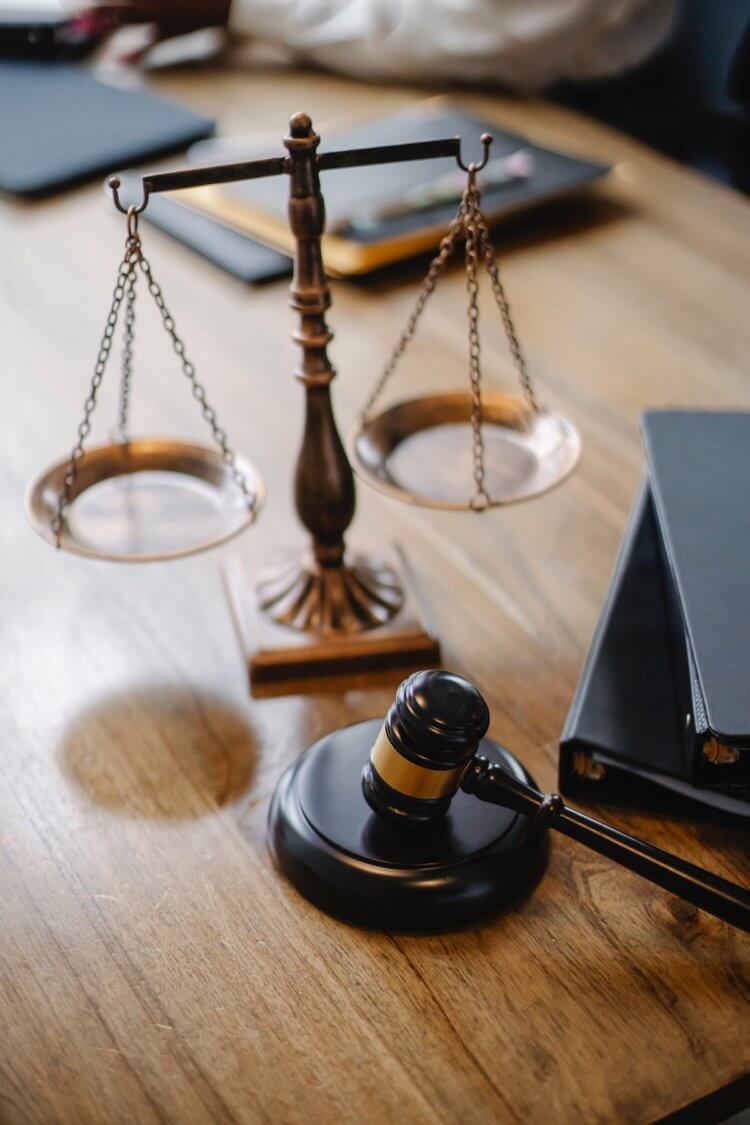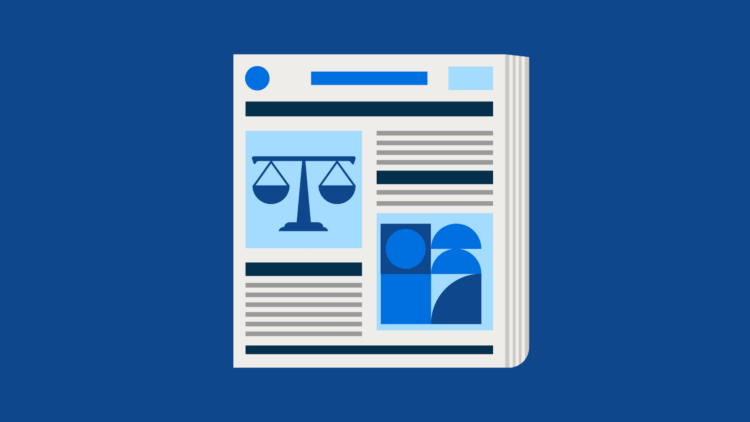Various tools and strategies are employed to ensure a fair trial in the complex world of legal proceedings. One such tool is the motion to suppress, which plays a crucial role in protecting the rights of the accused.
Understanding the purpose, grounds, and process of filing a motion to suppress is essential for both attorneys and defendants. Here, we’ll look at the significance of a motion to suppress in legal proceedings, explaining its purpose, grounds for filing, and the process involved.
Understanding the purpose of a motion to suppress
A motion to suppress is a legal document filed by the defense in criminal cases seeking to exclude certain evidence from being presented at trial.
This motion challenges the admissibility of evidence that may have been obtained through illegal or unconstitutional means. By filing a motion to suppress, the defense aims to protect the defendant’s constitutional rights and ensure a fair trial.
Importance of filing a motion to suppress
Filing a motion to suppress is essential because it allows the defense to challenge the legality and reliability of evidence presented by the prosecution. This motion is a crucial tool in preventing the use of unlawfully obtained evidence, which could sway the outcome of a trial.
A motion to suppress helps maintain the judicial system’s integrity by excluding such evidence and ensuring that only admissible evidence is considered during the trial.
Effectiveness of a motion to suppress in criminal cases
The effectiveness of a motion to suppress in criminal cases cannot be understated. If successful, this motion can lead to the exclusion of critical evidence, weakening the prosecution’s case and potentially resulting in the dismissal of charges.
By challenging the admissibility of evidence, the defense can create doubt in the jurors’ minds and increase the chances of a favorable outcome for the defendant. Therefore, understanding the grounds on which a motion to suppress can be filed is vital for a strong defense strategy.
Grounds for filing a motion to suppress evidence

One ground for filing a motion to suppress is the lack of probable cause. The Fourth Amendment of the United States Constitution protects individuals from unreasonable searches and seizures.
If law enforcement officers conduct a search or seizure without a valid warrant or sufficient probable cause, any evidence obtained may be subject to suppression.
By demonstrating that the search or seizure was conducted without probable cause, the defense can argue for excluding the evidence.
Illegally obtained evidence and its impact
Illegally obtained evidence can also significantly impact a case. If evidence is obtained violating the law, the defense has the right to challenge its admissibility. This includes evidence obtained through coerced confessions, warrantless searches, or violations of other constitutional rights.
By filing a motion to suppress, the defense can argue that the evidence was obtained illegally and should not be considered during the trial. Successfully suppressing such evidence can greatly benefit the defendant’s case in court
The process of filing a motion to suppress
Filing a motion to suppress involves several important steps. First, the defense attorney must thoroughly review the case and identify potential grounds for suppression.
Once the grounds have been established, the attorney will then draft the motion, outlining the legal basis for suppression and supporting it with relevant case law and evidence. The motion must then be filed with the court and served on the prosecution.
When filing a motion to suppress, it is crucial to adhere to all procedural requirements and deadlines set by the court to ensure that the motion is considered in a timely manner.
Role of a defense attorney in preparing the motion
The defense attorney plays a crucial role in preparing the motion to suppress. They must comprehensively analyze the case, review all available evidence, and identify any constitutional violations or illegalities in obtaining the evidence.
The defense attorney will then compose a persuasive argument, supported by legal precedent, to convince the court to suppress the evidence. The attorney’s expertise, attention to detail, and ability to craft a direct but compelling argument are crucial in building a strong motion and presenting it effectively in court.
Timeline and deadlines for submitting the motion
It is essential to adhere to the timeline and deadlines set by the court when filing a motion to suppress. Each jurisdiction may have specific rules and regulations governing the submission of motions. (Learn more about preparing for a motion hearing here).
Failure to comply with these deadlines could result in the motion being disregarded or the opportunity to challenge the evidence being lost. Therefore, defense attorneys need to stay organized. They should ensure timely filing of the motion to suppress–and respond to any motions filed by the prosecution.
Can suppressed evidence be used at sentencing?
Once the evidence has been successfully suppressed, it generally cannot be used during the trial. However, the rules regarding using suppressed evidence at sentencing may vary depending on jurisdiction.
In some cases, suppressed evidence may still be considered during the sentencing phase if it is relevant to the judge when determining an appropriate sentence. Defense attorneys must be aware of the specific rules in their jurisdiction to navigate the sentencing process effectively.
You may like these posts
Examples of a motion to suppress

It can be helpful to review examples of motions to suppress to better understand how they are crafted. While every case is unique, studying real-life examples can provide insights into the strengths and weaknesses of different arguments.
Here are just two examples of motions to suppress and context on their strengths and weaknesses:
Terry v. Ohio
The landmark case of Terry v. Ohio exemplifies the power of a motion to suppress. In this case, the Supreme Court addressed the constitutionality of “stop and frisk” searches conducted by law enforcement officers. The accused was charged with carrying a concealed weapon after it was located on him during a “stop and frisk”, and moved to suppress the weapon as evidence by arguing that the search lacked probable cause and violated his Fourth Amendment rights.
The court ruled in favor of the accused, establishing that a limited search for weapons, known as a “Terry stop,” can be conducted if an officer has reasonable suspicion. However, any evidence discovered during an unconstitutional search can be suppressed. This case solidified the rights of individuals to be free from unreasonable searches and set important precedents for future motions to suppress.
Carpenter v. United States
The case of Carpenter v. United States brought the issue of privacy rights into the digital age. Timothy Carpenter was convicted of armed robbery based on cell phone location data obtained without a warrant. Before trial, the defense moved to suppress the cell phone location data. It argued that by obtaining the data without a warrant, Carpenter’s Fourth Amendment rights had been violated.
In a groundbreaking decision, the Supreme Court recognized that individuals have a reasonable expectation of privacy in their cell phone location records. By ruling in favor of the defense, the Court established that obtaining such data without a warrant constituted unreasonable search and seizure. This case demonstrates how a motion to suppress can protect individuals’ privacy rights in the modern era.
Final thoughts on motions to suppress
In conclusion, a motion to suppress plays a vital role in legal proceedings. It protects the rights of the accused and ensures a fair trial. By challenging the admissibility of evidence obtained through illegal or unconstitutional means, the defense can weaken the prosecution’s case and increase the chances of a favorable outcome for the defendant.
It’s crucial to understand the purpose, grounds for filing, and process involved in a motion to suppress for both attorneys and defendants.
Clio, the industry’s leading legal practice management software, can assist attorneys here. It helps organize your files, documents, communications, and evidence for each case. With Clio, you can streamline your practice and focus on providing the best defense for your clients. Try Clio today and experience the benefits of a well-organized and efficient law practice.
Note: This article is for informational purposes only and does not constitute legal advice. Consult with a qualified attorney for advice specific to your case.
We published this blog post in April 2024. Last updated: .
Categorized in: Uncategorized
Explore AI insights in our latest report
Our latest Legal Trends Report explores the shifting attitudes toward AI in the legal profession and the opportunities it brings for law firm billing, marketing, and more.
Read the report







